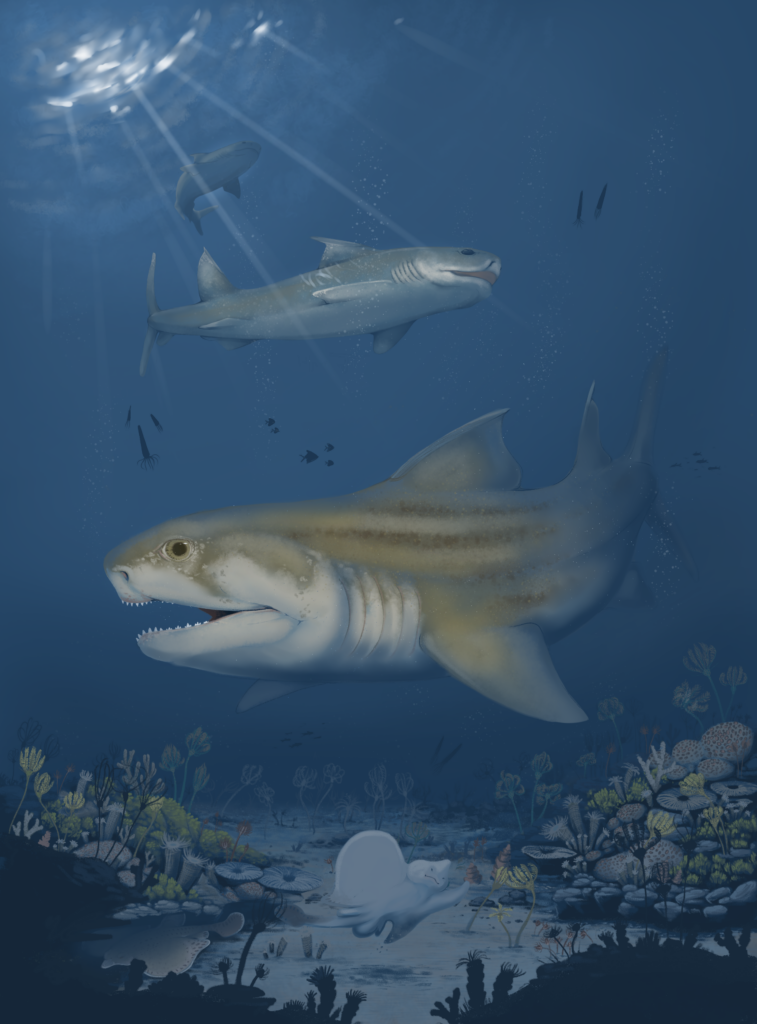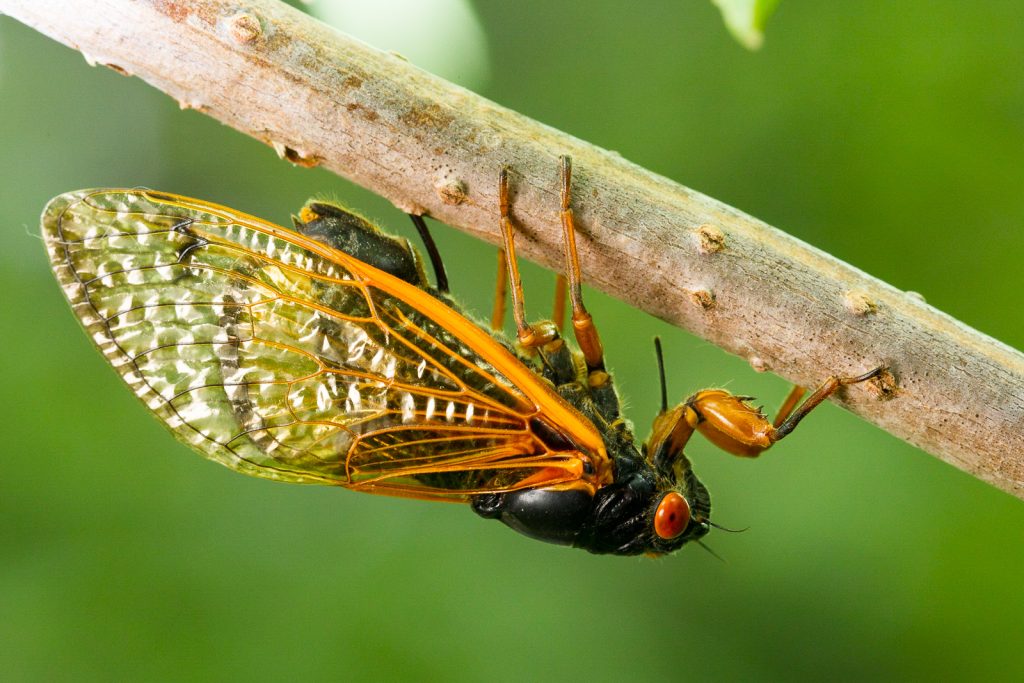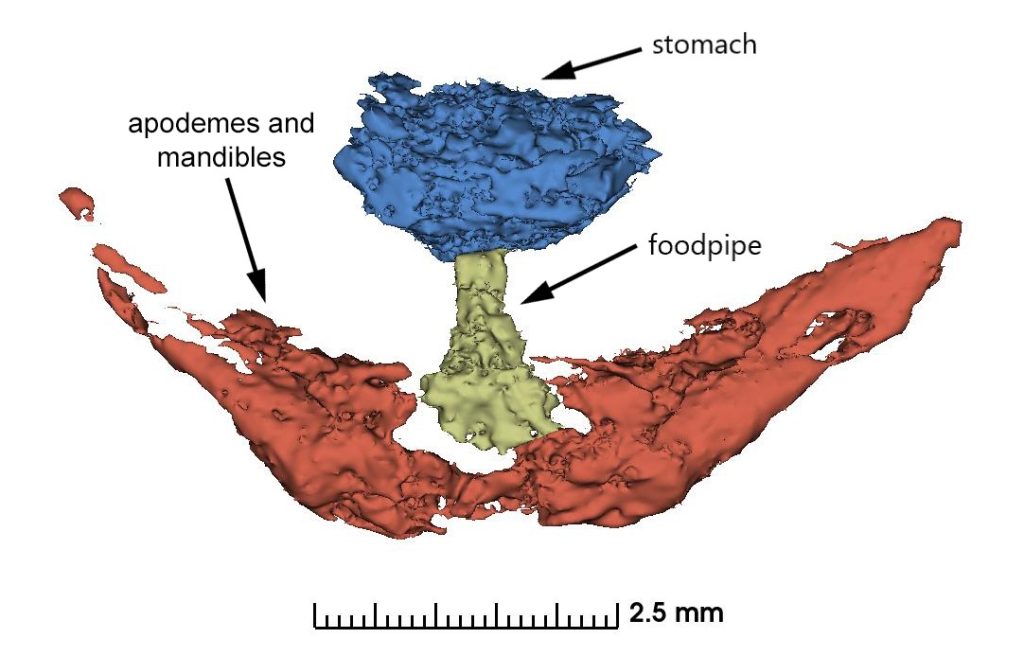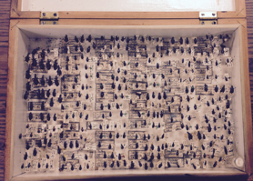The University of Alabama Museums house several million items from prehistoric fossils to ancient tools to animal specimens of all sorts to sports memorabilia – and pretty much anything in between. Visitors can see many of these items on display, but the public exhibits only scratch the surface of what UA Museums’ department of museum research and collections manages. These items are used by researchers, including students, from around the world and also for teaching and outreach. Read the full article over […]
Read More from Unseen Archives: 10 UA Museums Items You Won’t See on Display









